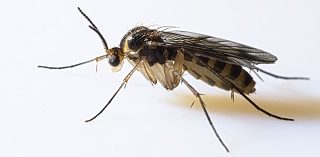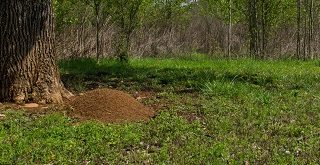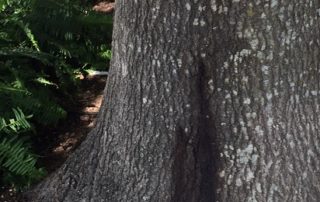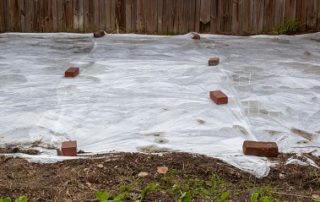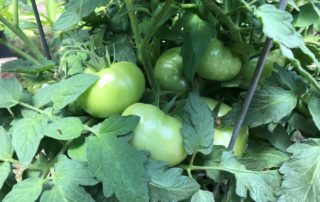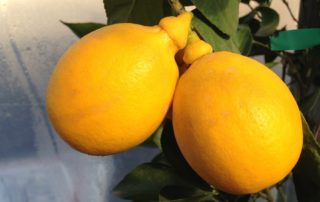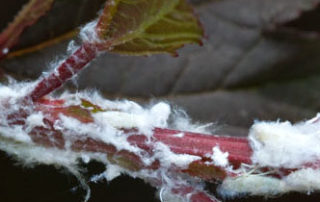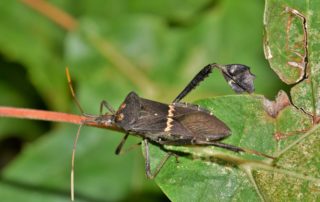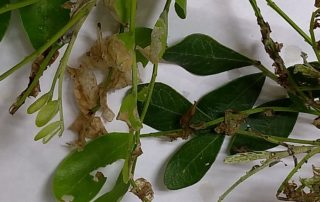Fungus Gnats in Houseplants
Almost all of us have wondered about those little black gnats that seem to come with our houseplants. What are they and how can we get rid of them? Fungus gnats are interesting little insects. The adults, which are what you see flying around and being a nuisance, have not been found to do much of anything but lay eggs in soil. They do not feed on the plants and do not bite, and they only live for about eight days. Fungus gnat [...]

